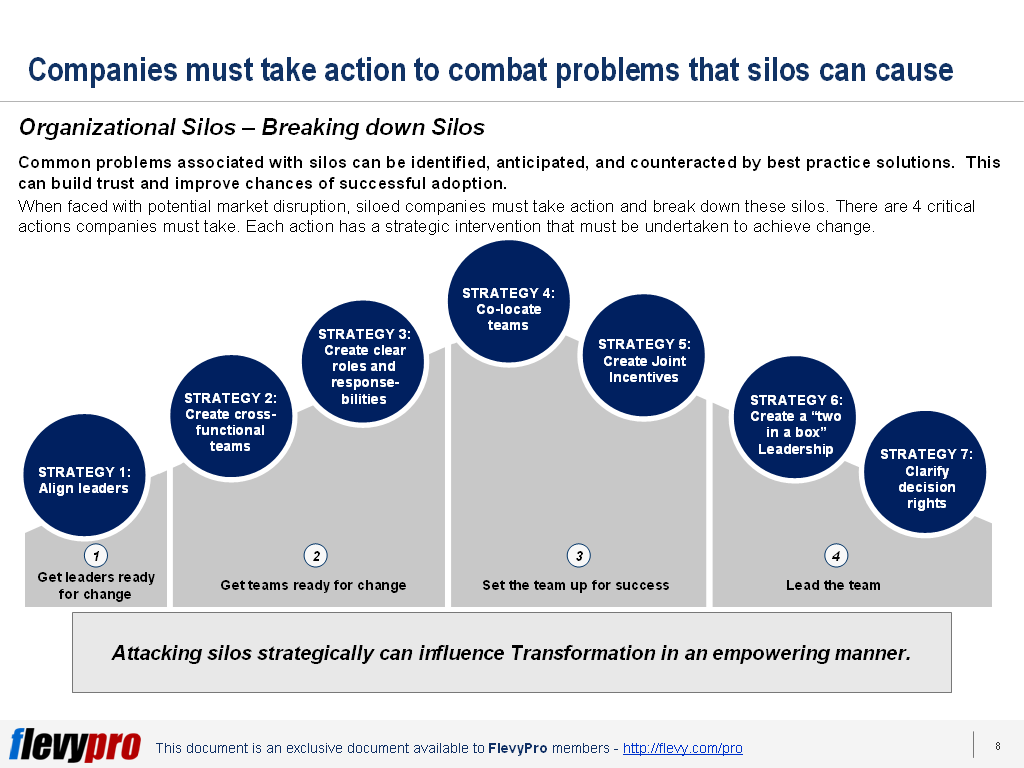In today’s business environment, management consulting firms must be ready to address client challenges and needs that will transform their  business by 10 or 100 times. Tools and methods must be scaled up to ensure applicability to the widest possible audience globally.
business by 10 or 100 times. Tools and methods must be scaled up to ensure applicability to the widest possible audience globally.
The Consulting Workshop Series provides a good understanding of the 10 Methods of conducting Workshops that are custom designed to fit specific workshop objectives. Different methods are developed for the purpose of providing organizations the most appropriate tool necessary to support organizations to achieve their strategic goals and targets.
If it is the management’s goal to provide stakeholders an opportunity to stop and reflect on the past in order to make decisions about the future, then PAME is the perfect method to undertake.
Differentiating PAME from the Rest
The acronym PAME stands for Participatory Assessment, Monitoring, and Evaluation. It is a Consulting Workshop Method that is focused on evaluation and learning. It is an opportunity for the stakeholders of a project to stop and reflect on the past in order to make decisions about the future.
PAME as an approach can be used in various ways and in various points throughout the project. PAME is a helpful tool in avoiding pending or potential crisis and can help people determine the cause of a problem and ways to remedy it.
In the final analysis, it is most effective in shedding an understanding of why certain projects are not working well.
The 4-Phase Approach of PAME
PAME is best conducted using a 4-phase approach.
- Planning Phase. The primary objective of the Planning Phase is to help participants understand what they are evaluating, why, and how they going to do it. The preparatory phase ensures that time is well spent on preparation and planning a Participatory Evaluation. Hence, this is the most extensive of the 4 phases as it establishes the basic framework of the evaluation.
- Data Collection. The second phase, Data Collection ensures that data necessary for analysis is gathered. This phase is most critical as delegated individuals must have a good understanding of what data is needed to ensure the correctness of data collected. This will also affect the analysis of data if the wrong data is gathered.
- Data Analysis. Data Analysis is the evaluation of data using analytical and statistical tools. At this stage, the Evaluation Team must be able to decide the best way to present results, the resources, and time available.
- Presentation and Action Plan. The 4th phase of PAME, this phase focuses on presenting initial results and developing a future action plan. It is in this final phase wherein the correctness of phase 2 and phase 3 is most emphasized. The success of the final phase is dependent on the quality of data collected and the analysis conducted.
The Iterative Learning Advantage of PAME: Why PAME?
In the final phase, the initial results are presented to a larger group. The larger group has an opportunity to contribute to further analysis. Implications of the results shall be discussed in terms of conclusions that can be drawn, the learnings that can be derived from the results, and most importantly, the different options available to address the emerging issues.
The insights can inspire groups to reconsider initial objectives. This forms part of the iterative learning process of PAME. When this process of discussion, evaluation, and analysis is done, the organization can expect to come up with a future action plan that is well crafted and thought about. With PAME, expect your future action plan to be most strategic and focused on addressing issues in the most effective and robust way.
Interested in gaining more understanding of the PAME workshop technique? You can learn more and download an editable PowerPoint about Consulting Workshop Series: PAME here on the Flevy documents marketplace.
Are you a management consultant?
You can download this and hundreds of other consulting frameworks and consulting training guides from the FlevyPro library.
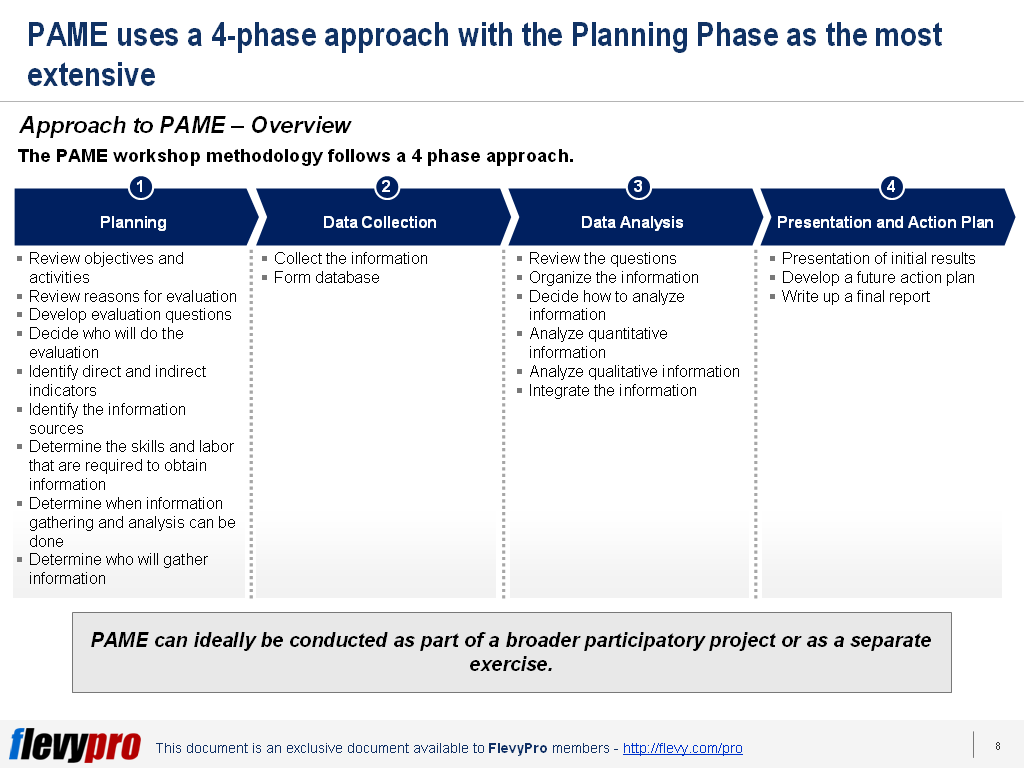
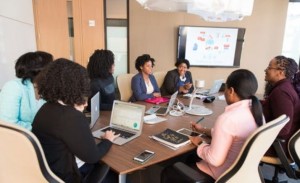 business by 10 or 100 times. Tools and methods must be scaled up to ensure applicability to the widest possible audience globally.
business by 10 or 100 times. Tools and methods must be scaled up to ensure applicability to the widest possible audience globally.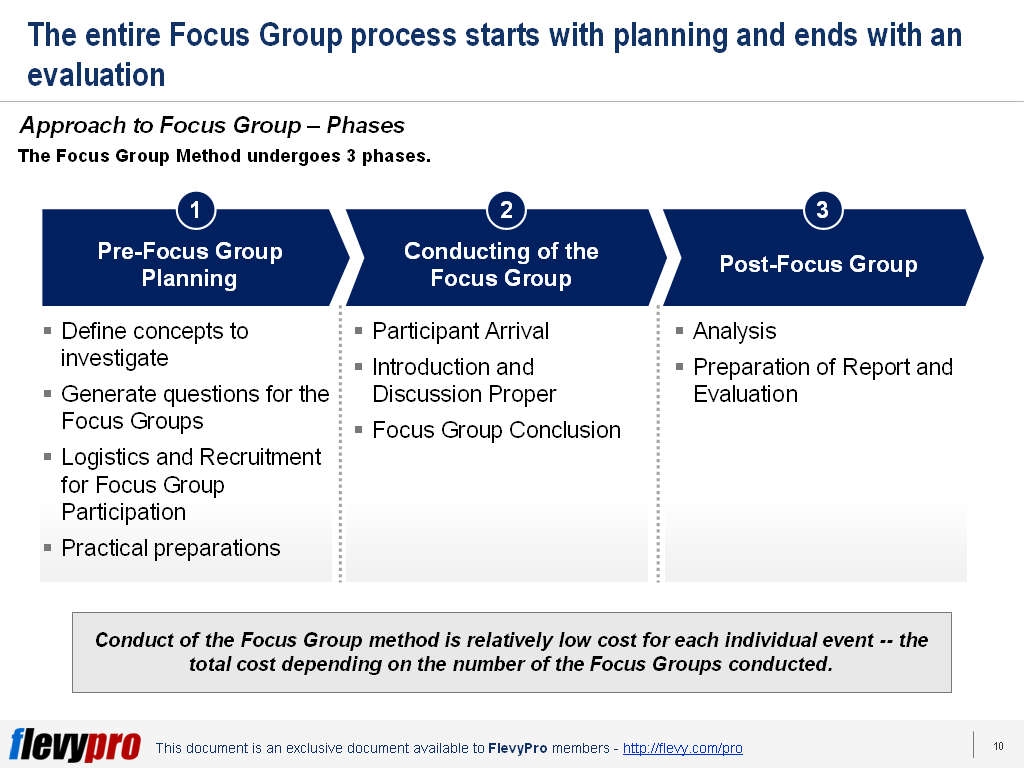
 business by 10 or 100 times. Tools and methods must be scaled up to ensure applicability to the widest possible audience globally.
business by 10 or 100 times. Tools and methods must be scaled up to ensure applicability to the widest possible audience globally.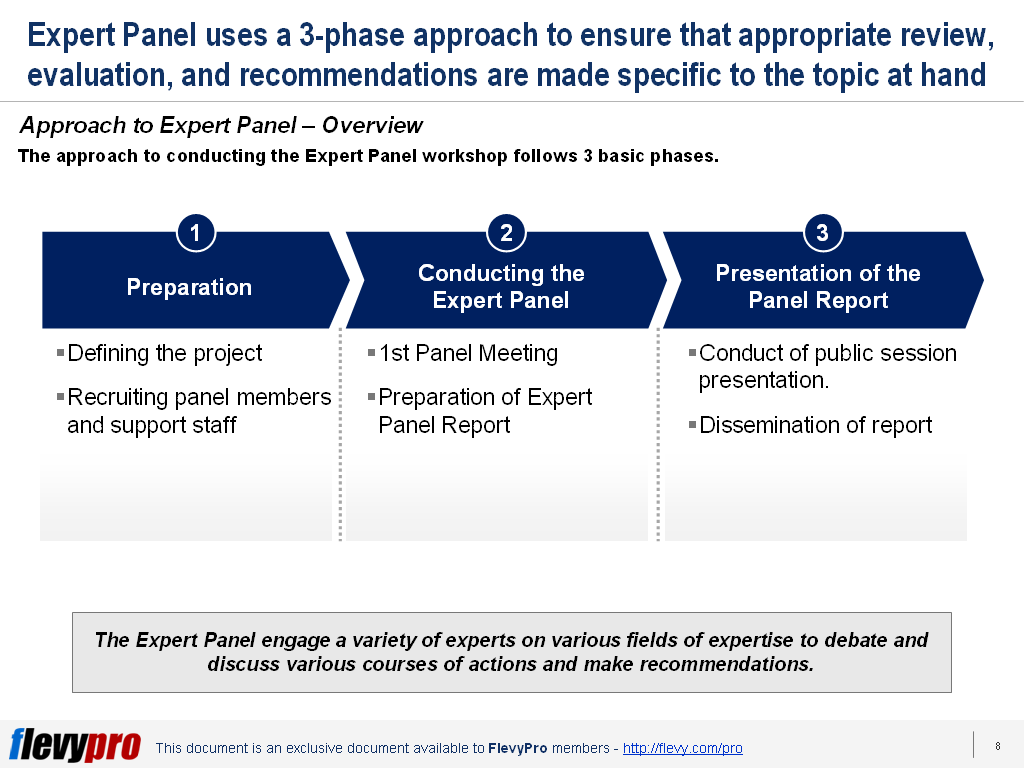
 environmental, social, and governance issues in a company’s supply chain. It could range from
environmental, social, and governance issues in a company’s supply chain. It could range from 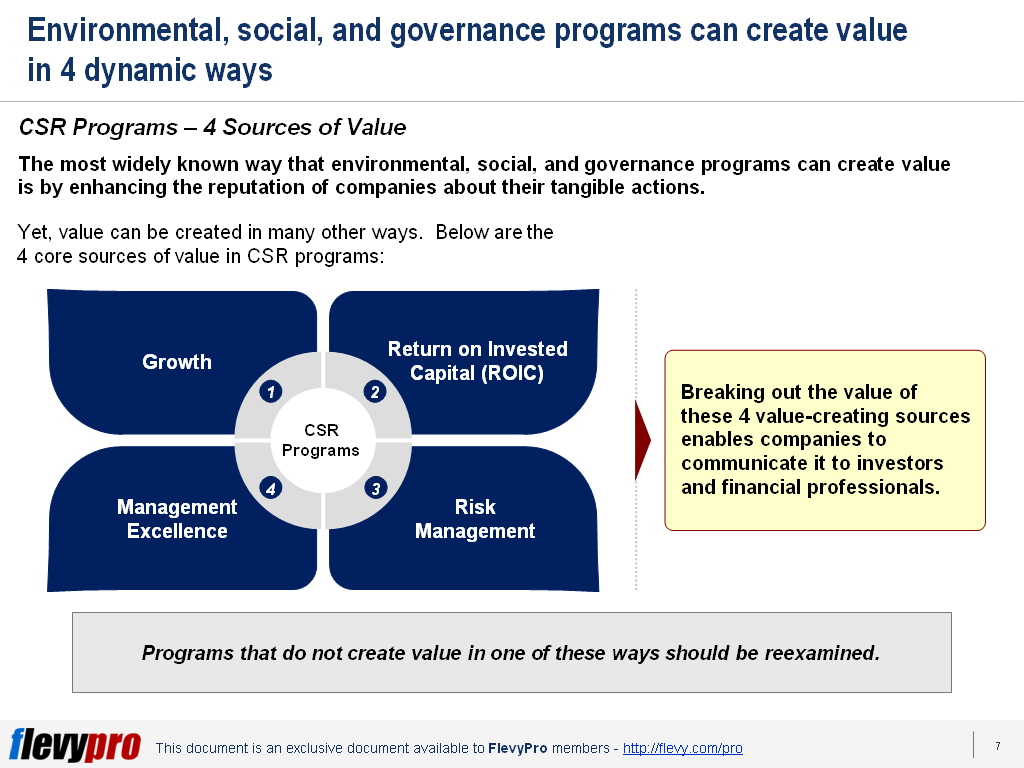
 business by 10 or 100 times. Tools and methods must be scaled up to ensure applicability to the widest possible audience globally.
business by 10 or 100 times. Tools and methods must be scaled up to ensure applicability to the widest possible audience globally.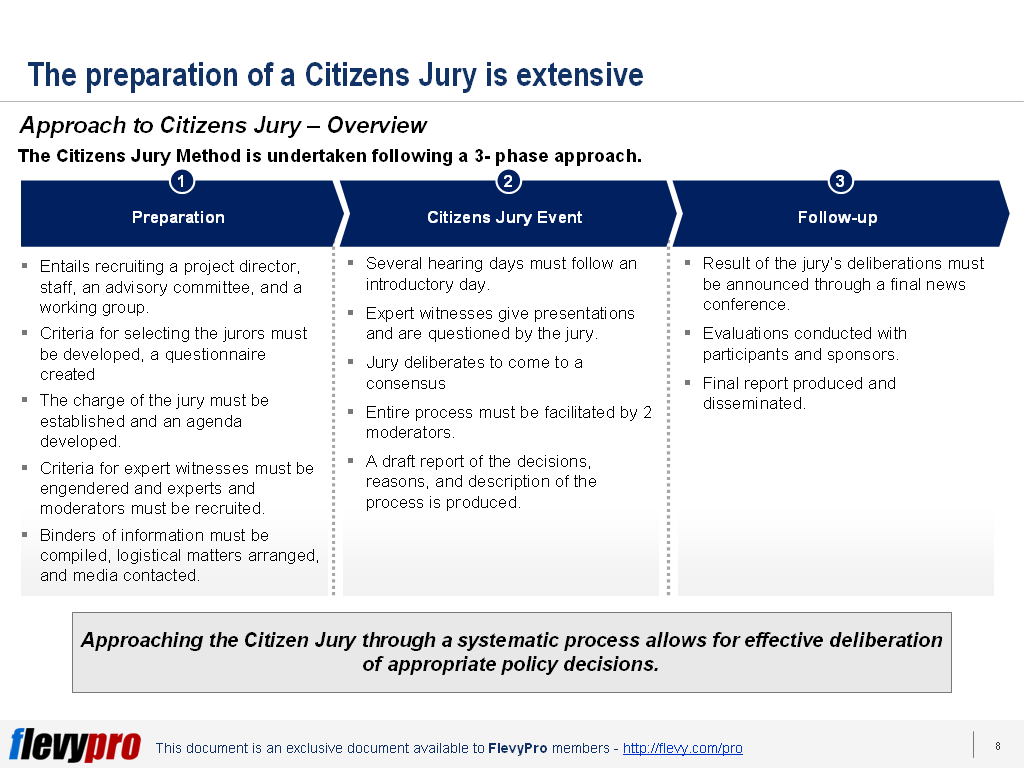
 business by 10 or 100 times. Tools and methods must be scaled up to ensure applicability to the widest possible audience globally.
business by 10 or 100 times. Tools and methods must be scaled up to ensure applicability to the widest possible audience globally.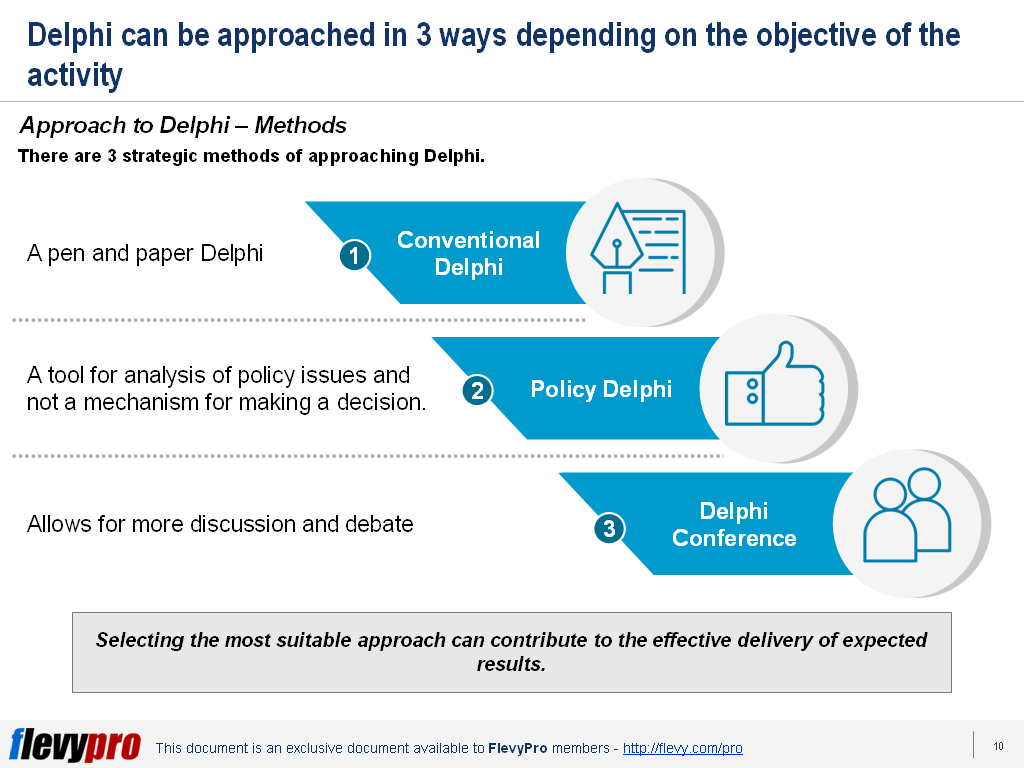
 business by 10 or 100 times. Tools and methods must be scaled up to ensure applicability to the widest possible audience globally.
business by 10 or 100 times. Tools and methods must be scaled up to ensure applicability to the widest possible audience globally.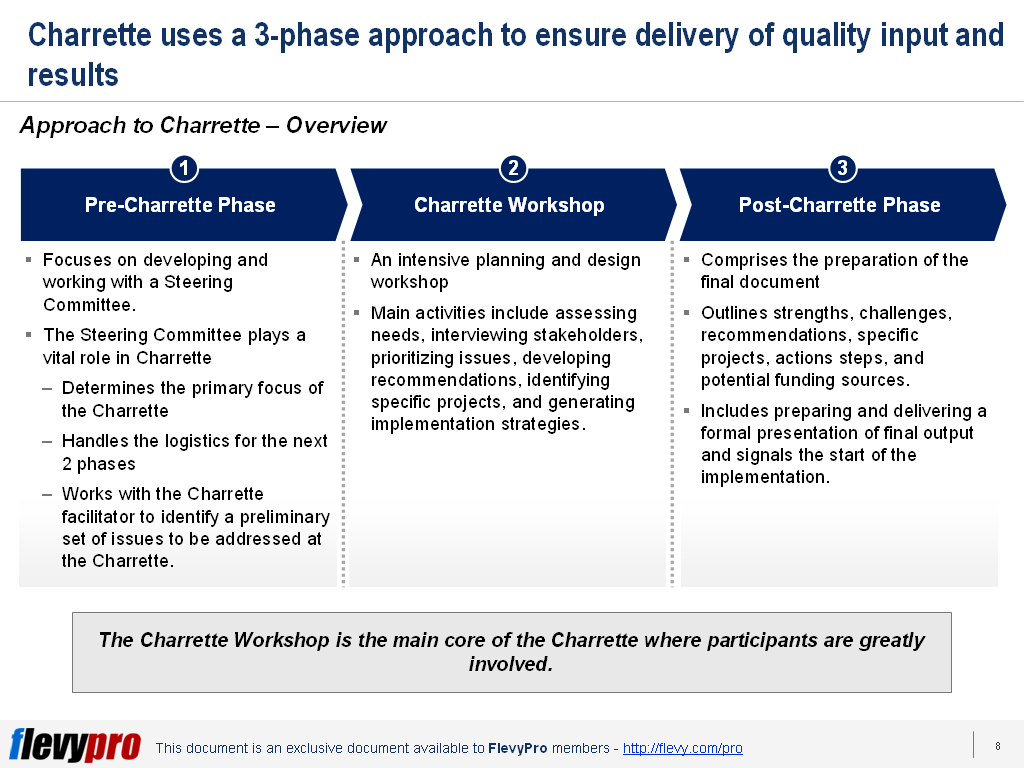
 business by 10 or 100 times. Tools and methods must be scaled up to ensure applicability to the widest possible audience globally.
business by 10 or 100 times. Tools and methods must be scaled up to ensure applicability to the widest possible audience globally.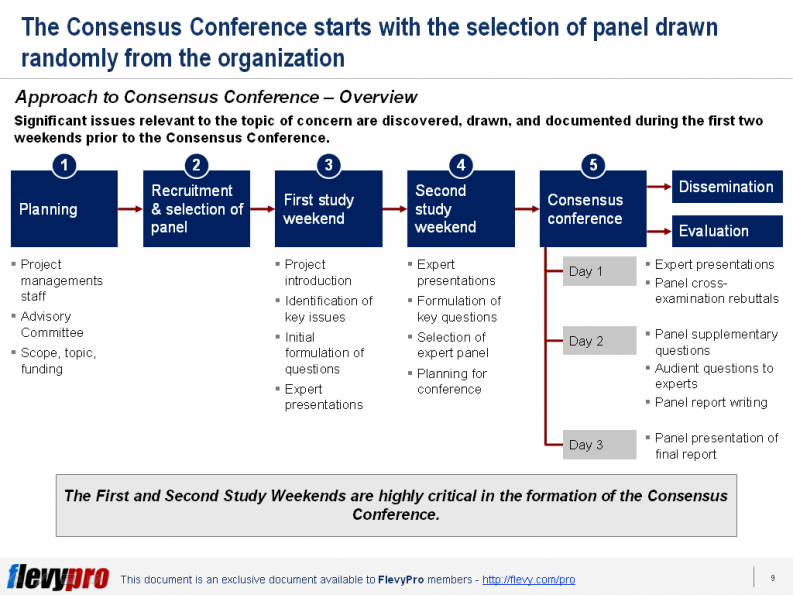
 defining strategic directions to simply serving as an additional pair of hands for outsourced work, management consultants have become inextricably linked to the success of most large organizations.
defining strategic directions to simply serving as an additional pair of hands for outsourced work, management consultants have become inextricably linked to the success of most large organizations.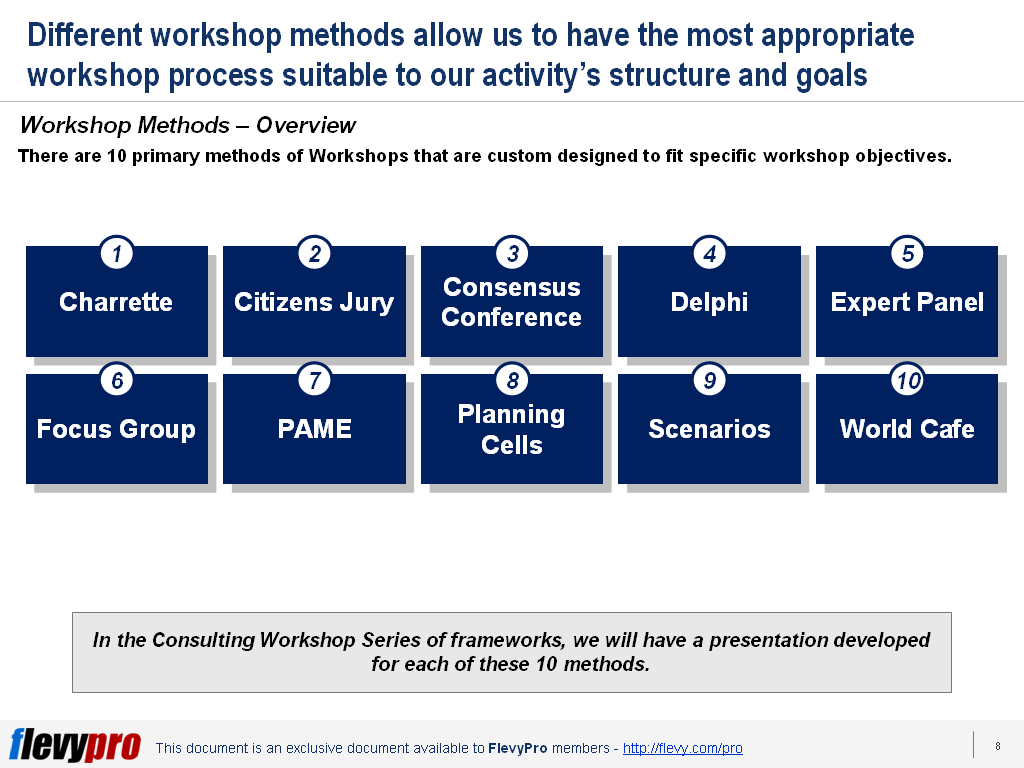
 started to rethink and retool their offerings and operation. This kind of transformation, however, requires a collaborative effort from all parts of the organization, no matter how different their processes, systems, and cultures have been in the past.
started to rethink and retool their offerings and operation. This kind of transformation, however, requires a collaborative effort from all parts of the organization, no matter how different their processes, systems, and cultures have been in the past.